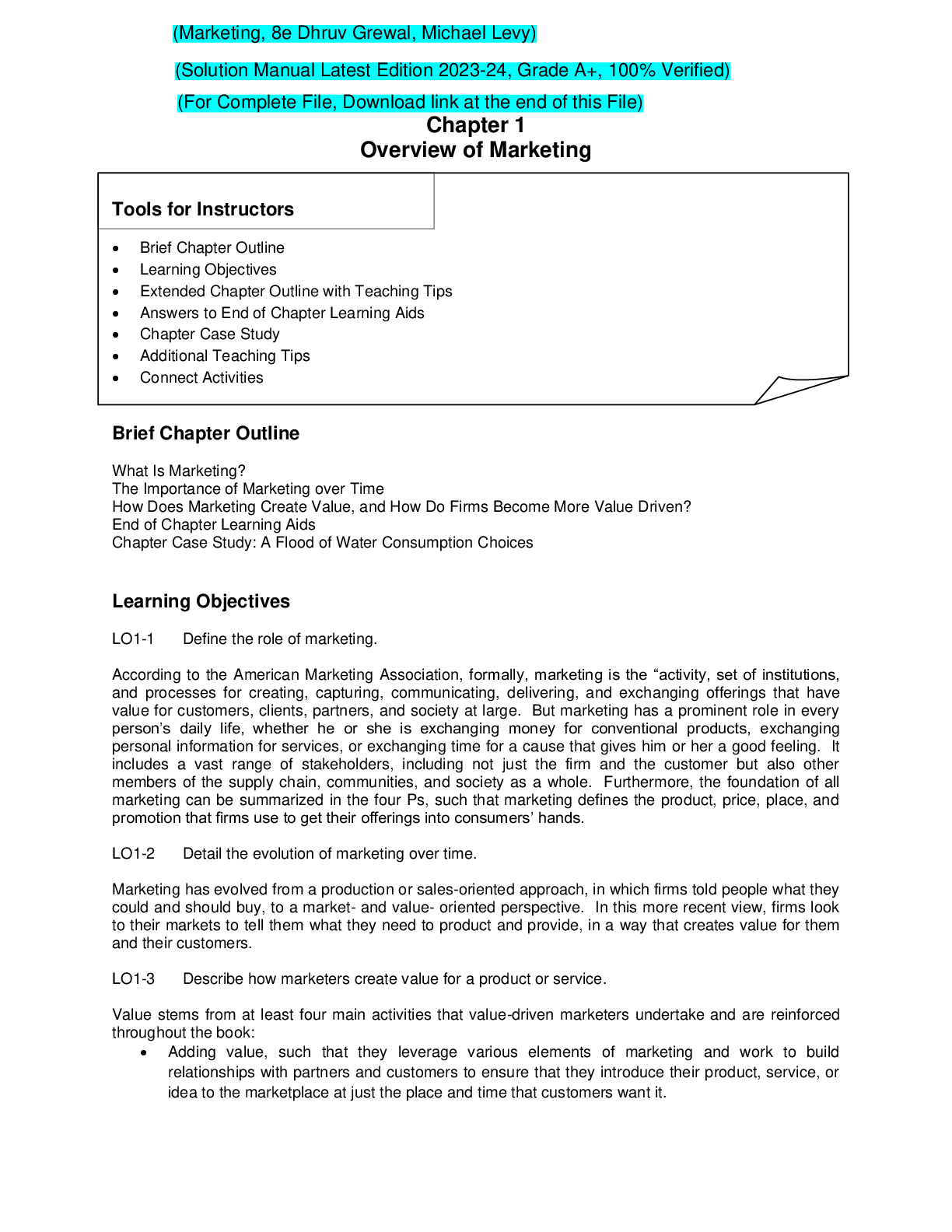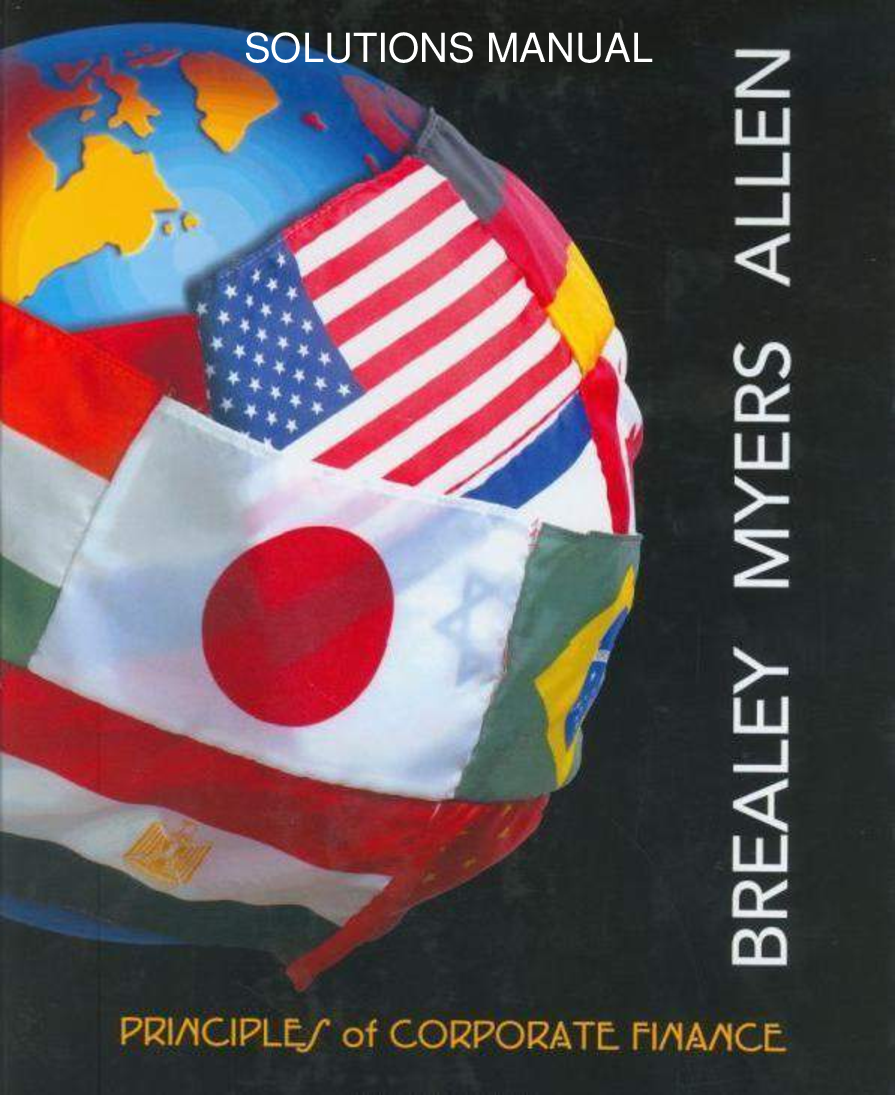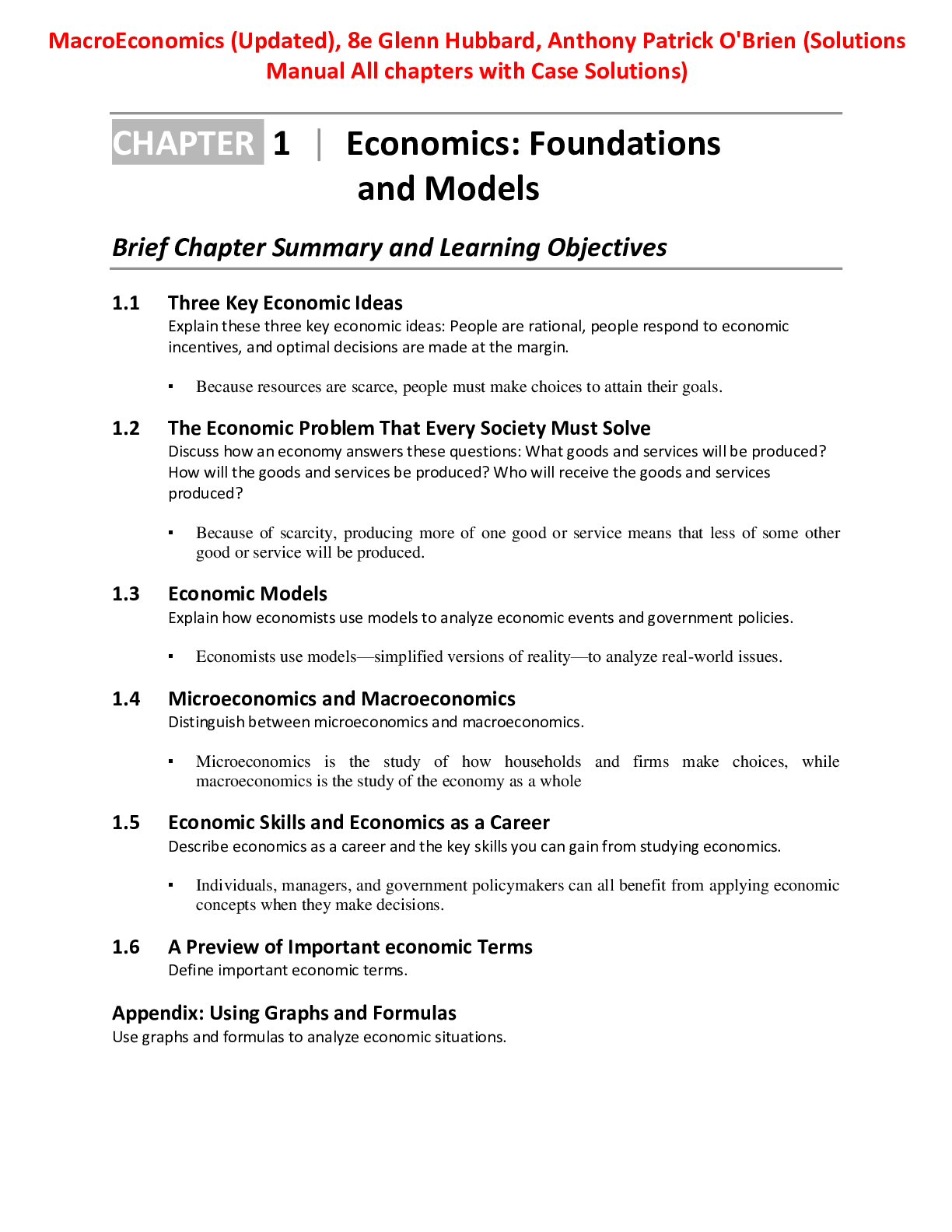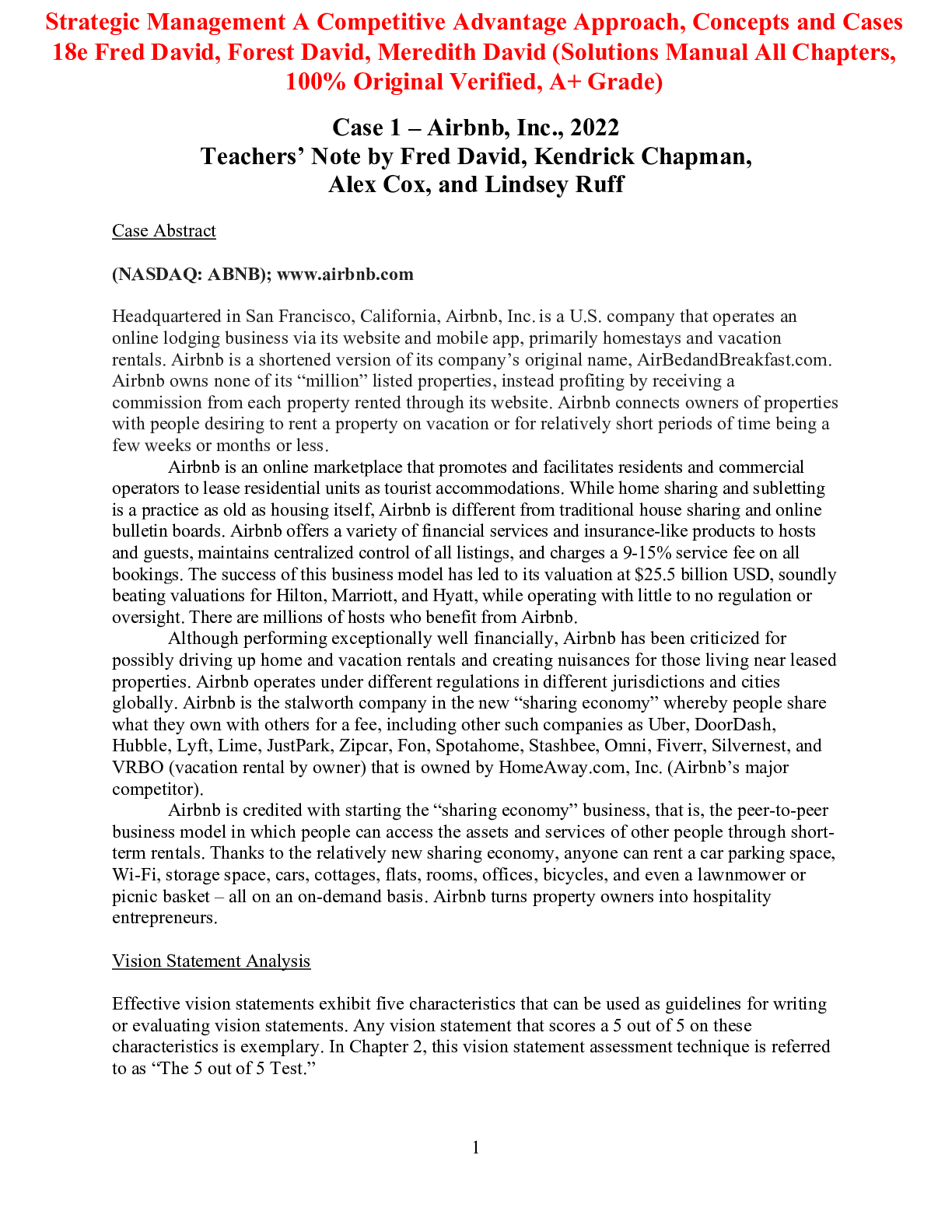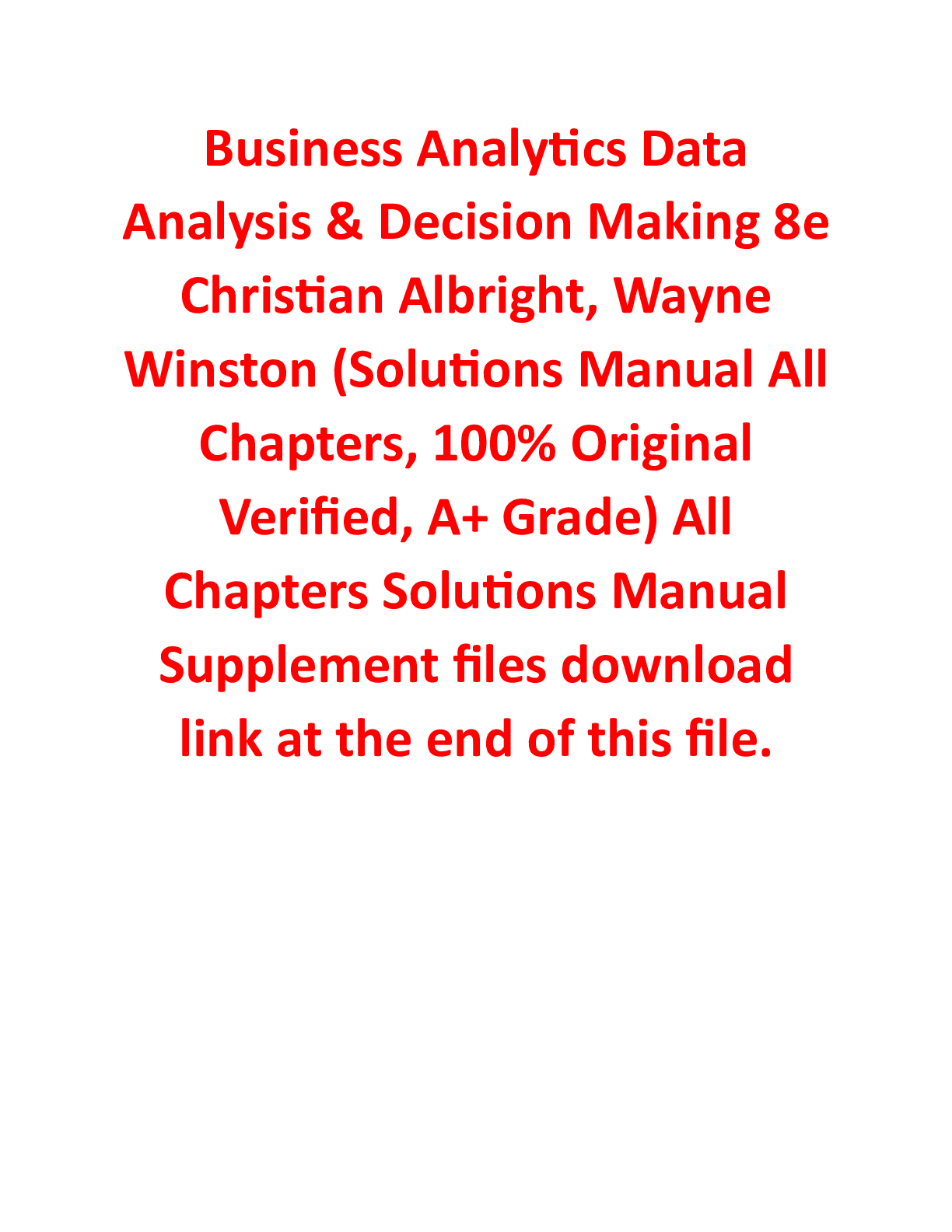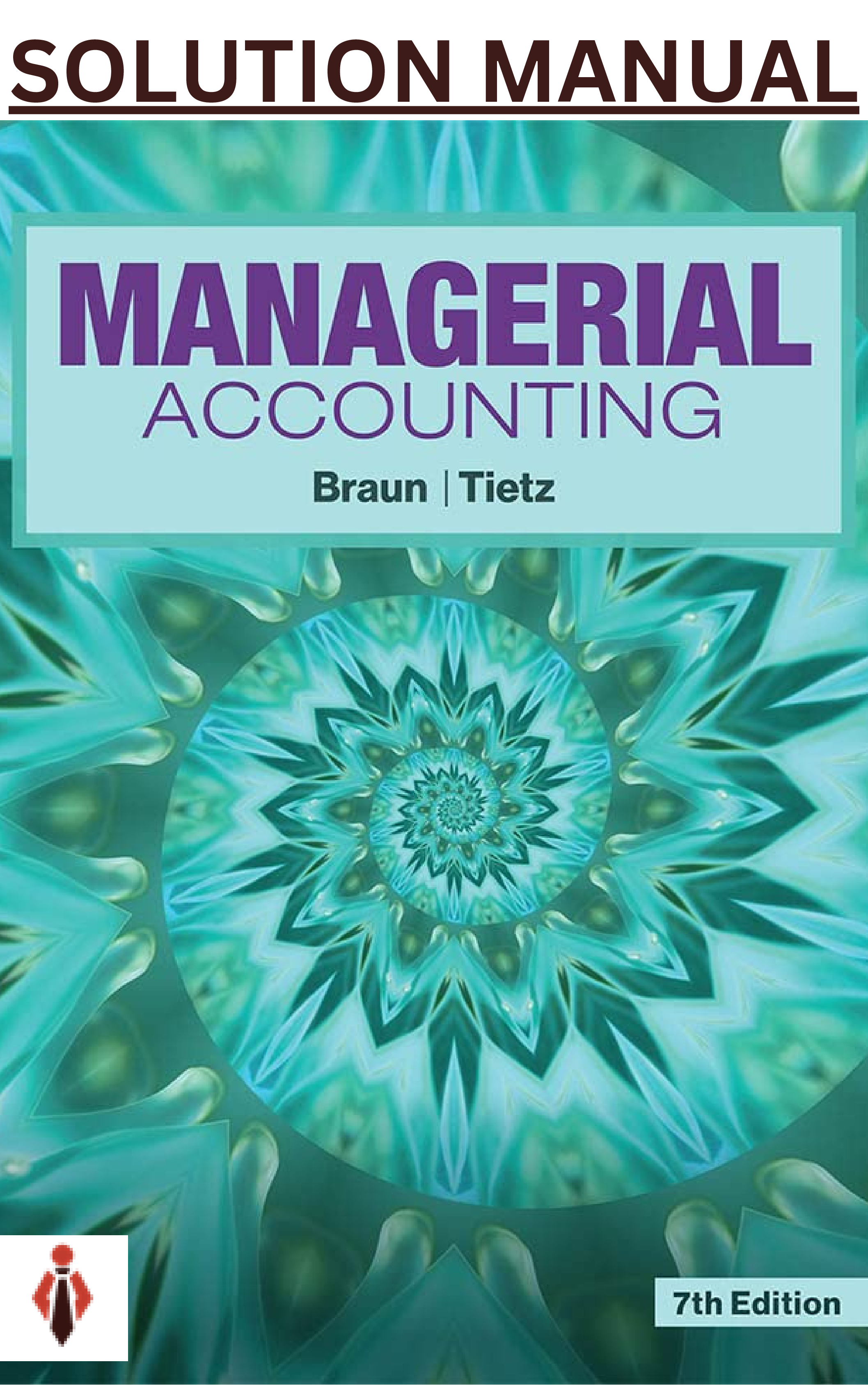Engineering Mechanics > SOLUTIONS MANUAL > Solution Manual Engineering Fluid Mechanics 8th Edition by Clayton T. Crowe, Donald F. Elger, John A (All)
Solution Manual Engineering Fluid Mechanics 8th Edition by Clayton T. Crowe, Donald F. Elger, John A. Roberson
Document Content and Description Below
The following ideas and information are provided to assist the instructor in the design and implementation of the course. Traditionally this course is taught at Washington State University and the Un... iversity of Idaho as a three-credit semester course which means 3 hours of lecture per week for 15 weeks. Basically the first 11 chapters and Chapter 13 (Flow Measurements) are covered in Mechanical Engineering. Chapters 12 (Compressible Flow) and Chapter 14 (Turbomachinery) may be covered depending on the time available and exposure to compressible flow in other courses (Thermodynamics). Open channel flow (Chapter 15) is generally not covered in Mechanical Engineering. When the text is used in Civil Engineering, Chapters 1-11 and 13 are nominally covered and Chapters 14 and 15 may be included if time permits and exposure to open channel flow may not be available in other courses. The book can be used for 10-week quarter courses by selecting the chapters, or parts of the chapters, most appropriate for the course. Author Contact Every effort has been made to insure that the solution manual is error free. If errors are found (and they will be!) please contact Professors Crowe or Elger. Donald Elger Clayton Crowe Mechanical Engineering Dept School of Mechanical Eng. & Matl. Science University of Idaho Washington State University Moscow, ID 83844-0902 Pullman, WA 99164-2920 Phone (208) 885-7889 Phone (509) 335-3214 Fax (208) 885-9031 Fax (509) 335-4662 e-mail: [email protected] e-mail: [email protected] Design and Computer Problems Design problems (marked in the text in blue) are those problems that require engineering practices such as estimation, making asummptions and considering realistic materials and components. These problems provide a platform for student discussion and group activity. One approach is to divide the class into small groups of three or four and have these groups work on the design problems together. Each group can then report on their design to the rest of the class. The role of the professor is to help the student learn the practices of the design review—that is, teach the student to ask in-depth questions and teach them how to develop meaningful and in-depth answers. This dialogue stimulates interest and class discussion. Solutions to most design problems are included in the solution manual. Computer-oriented problems (marked in the text is blue) are those problems may best be solved using software such as spreadsheets, TK Solver or MathCad. The choice is left to the student. The answer book also includes the results for the computer-oriented problems. [Show More]
Last updated: 2 weeks ago
Preview 1 out of 1375 pages

Reviews( 0 )
Document information
Connected school, study & course
About the document
Uploaded On
Apr 15, 2024
Number of pages
1375
Written in
Additional information
This document has been written for:
Uploaded
Apr 15, 2024
Downloads
0
Views
14


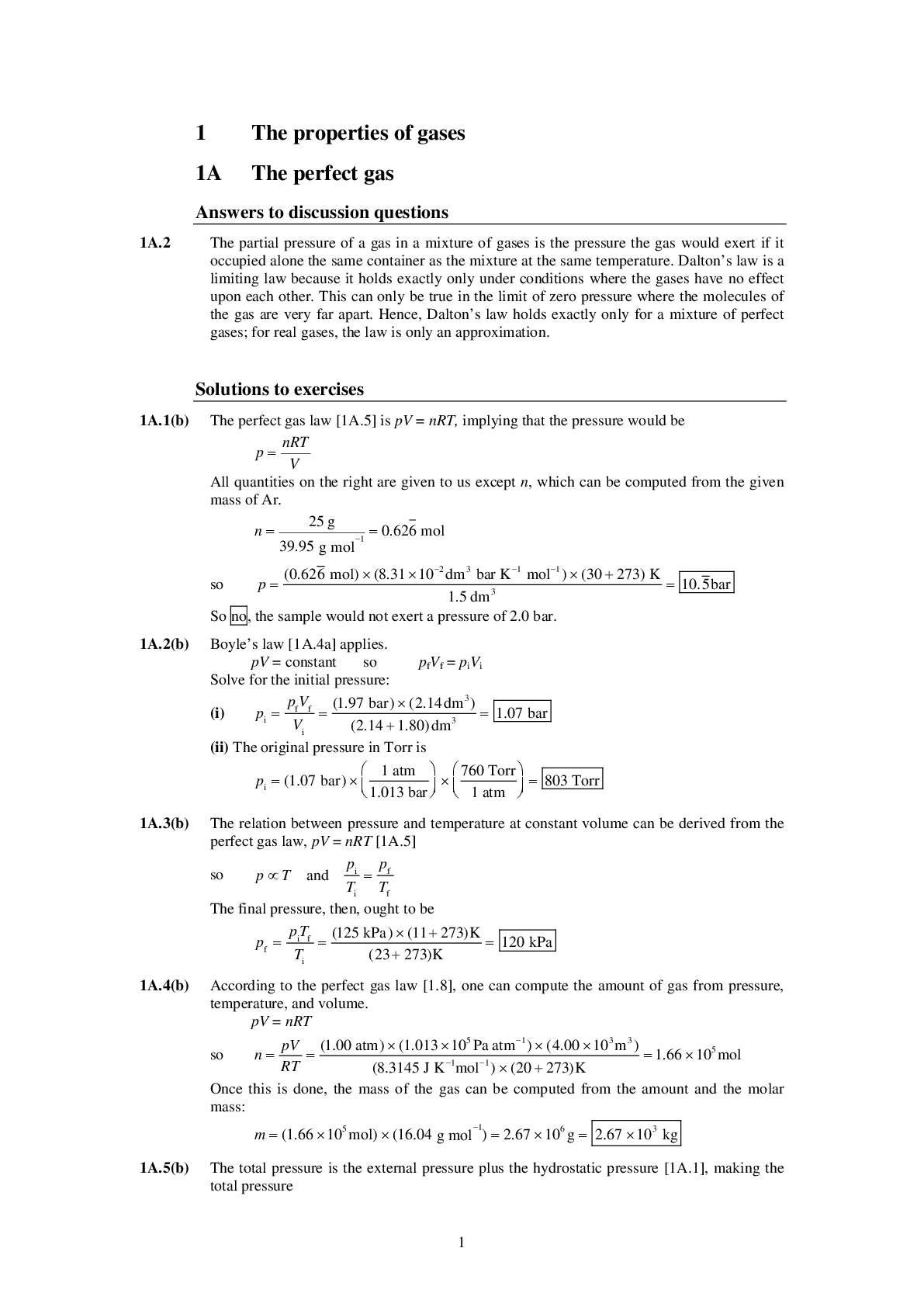
 for Linear Algebra and Its Applications (Thomas Polaski, Judith McDonald -David C.png)
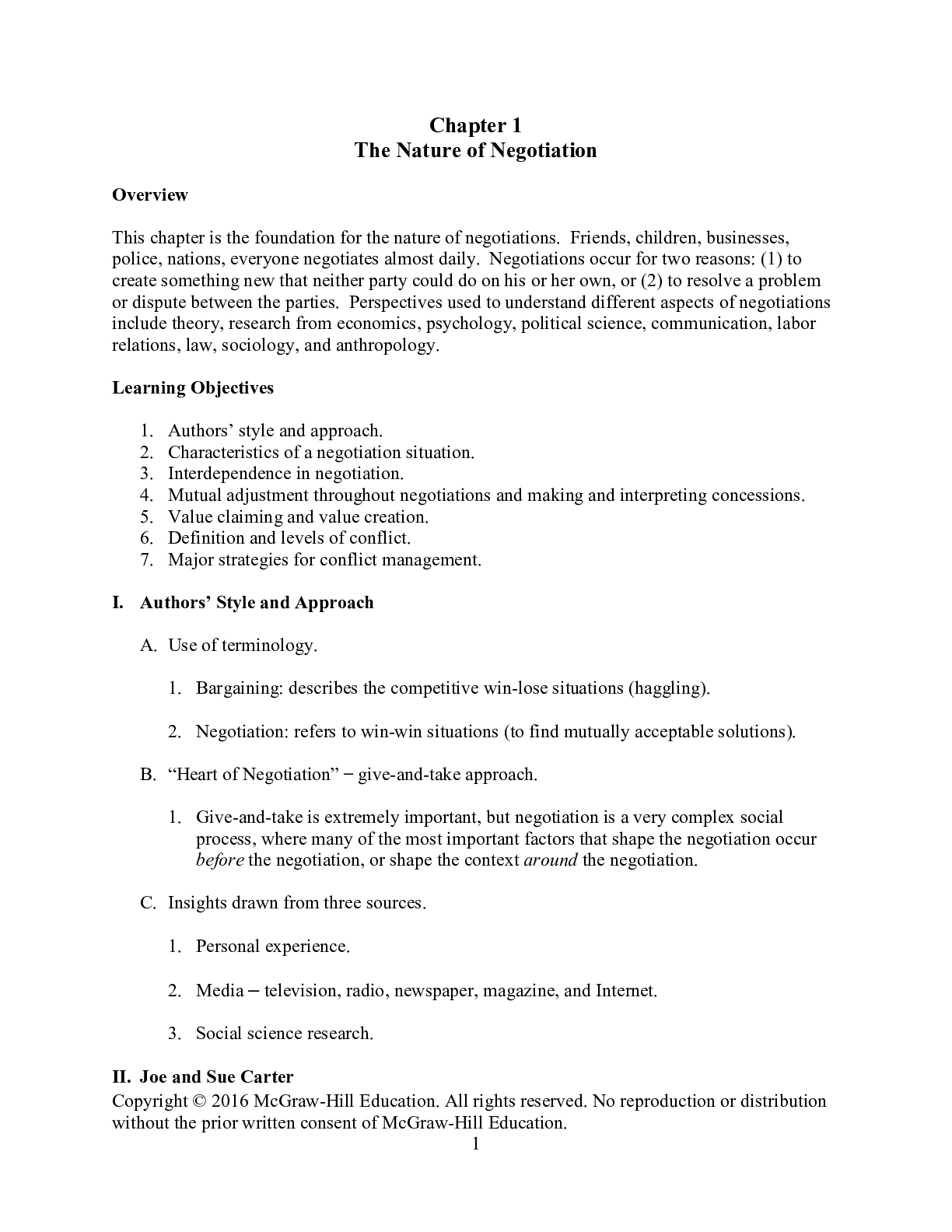
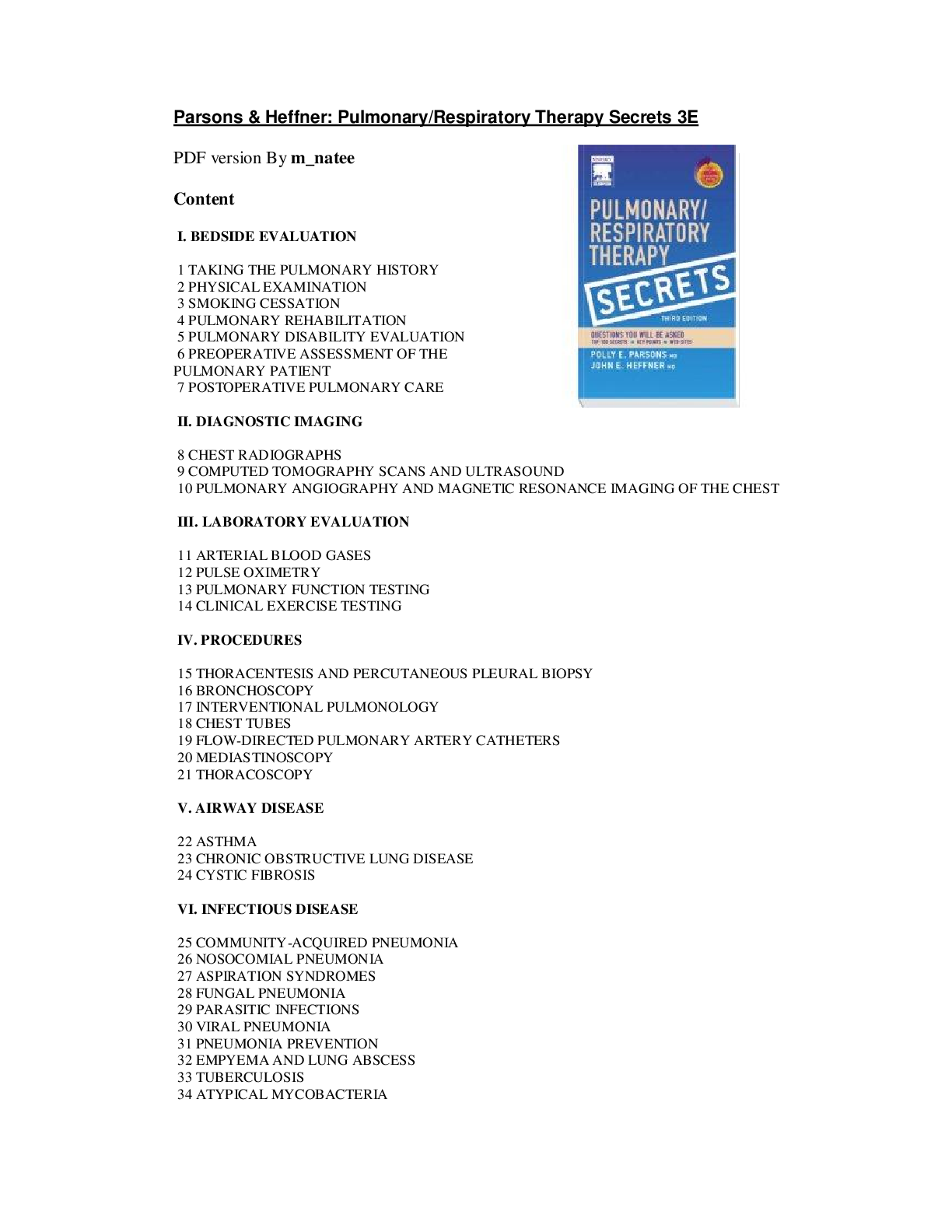

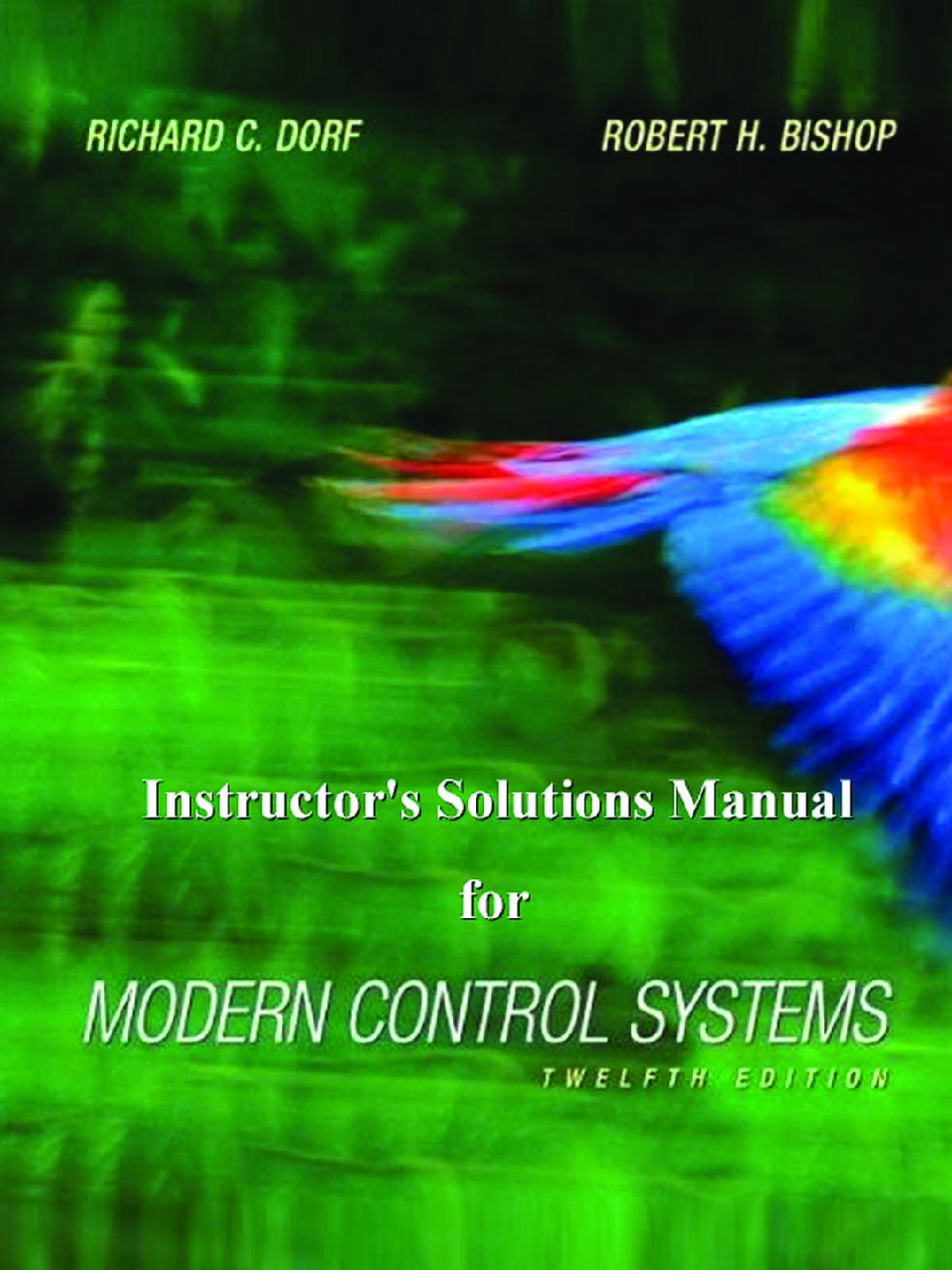
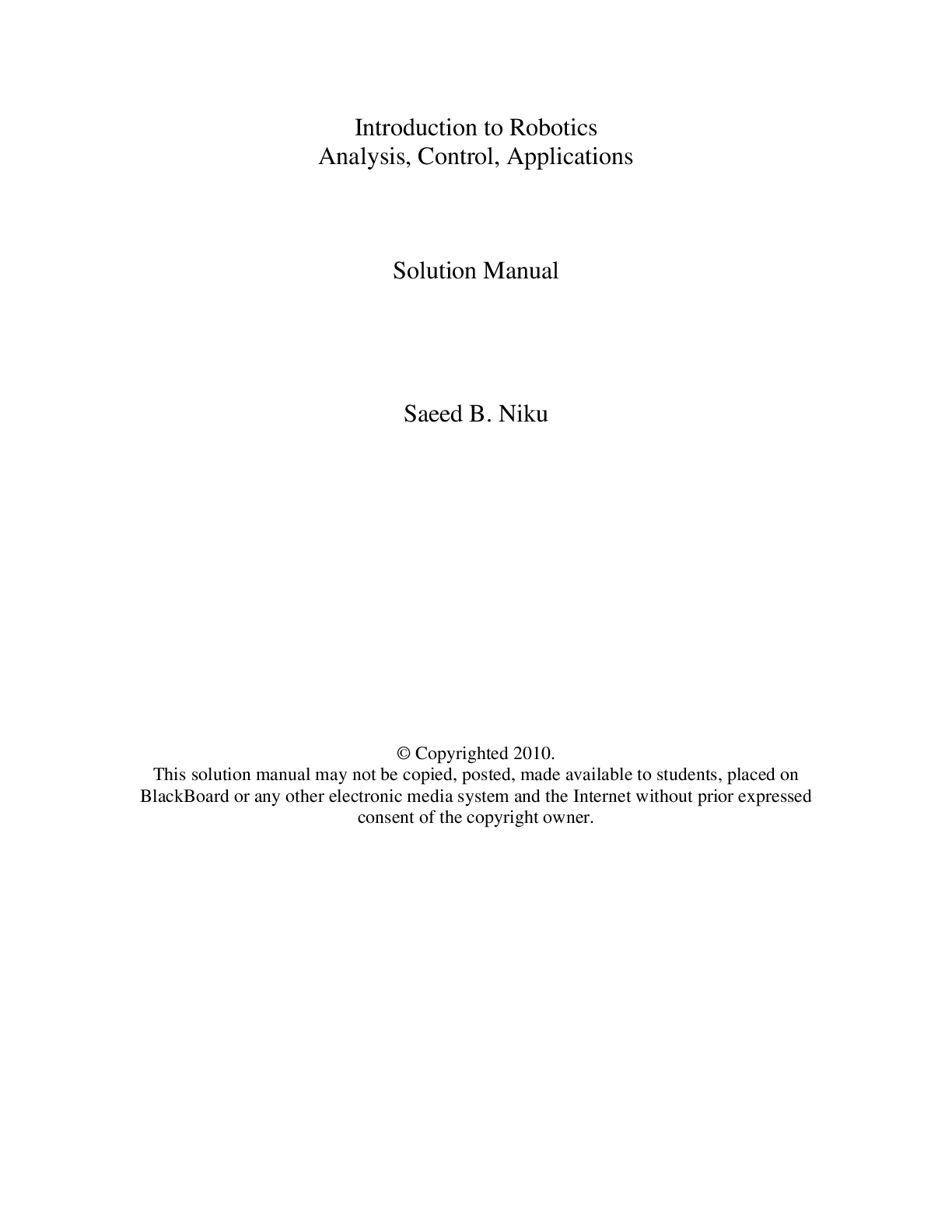
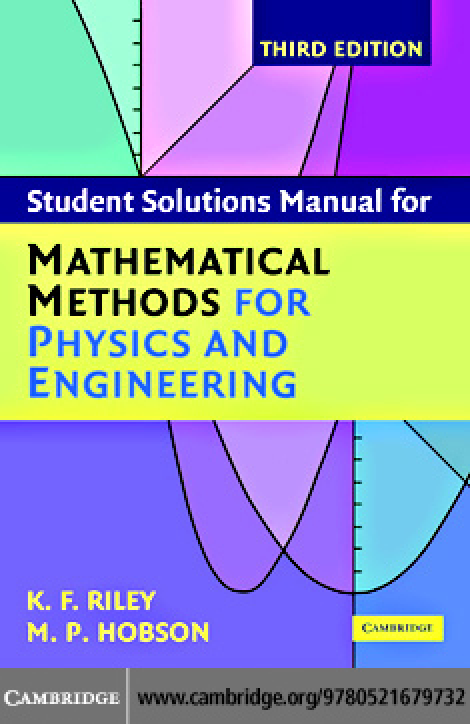
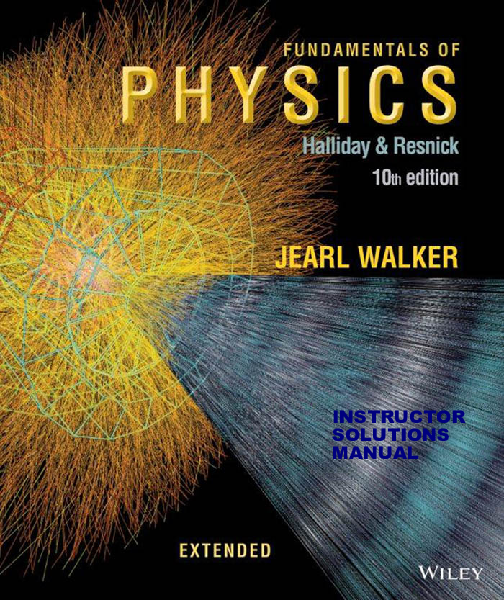

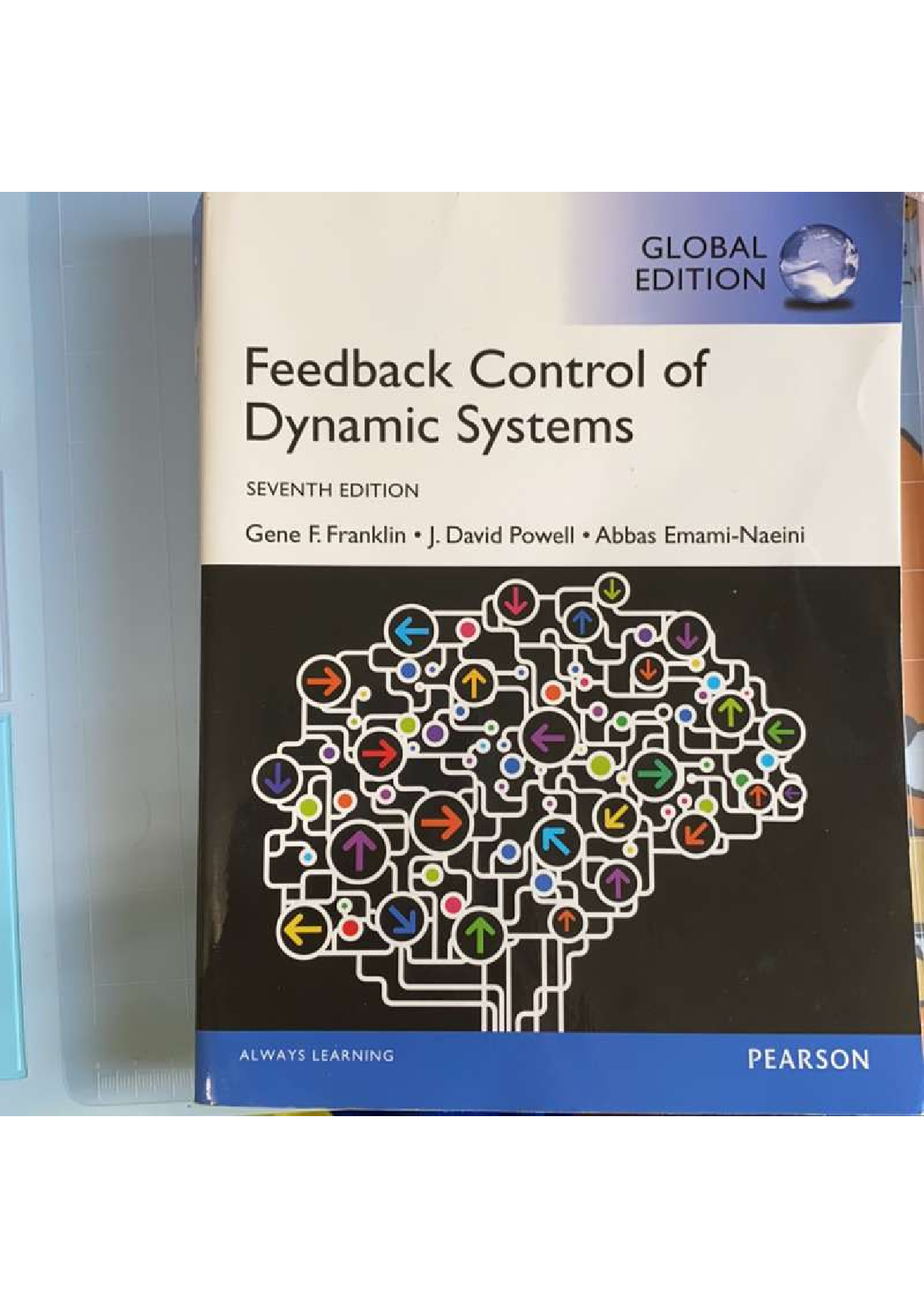
 by David M.png)


